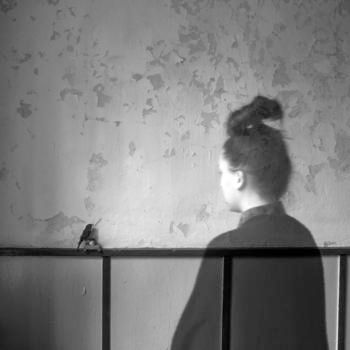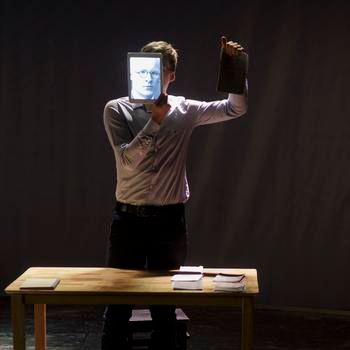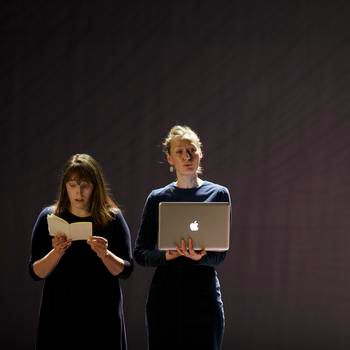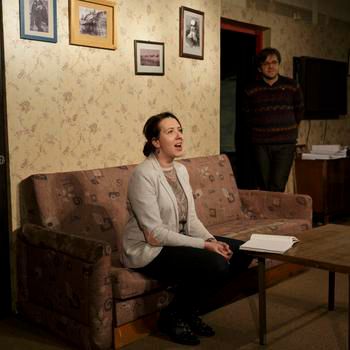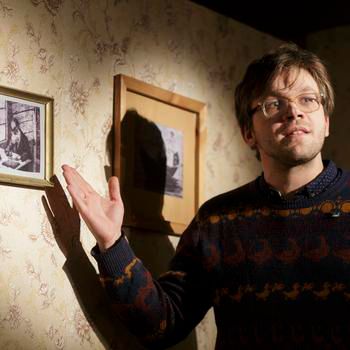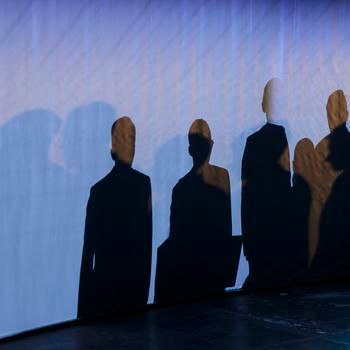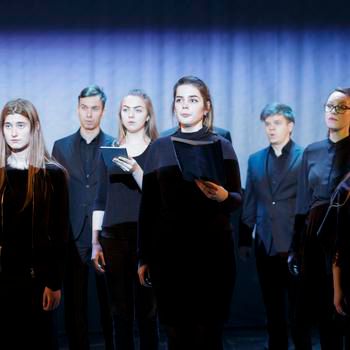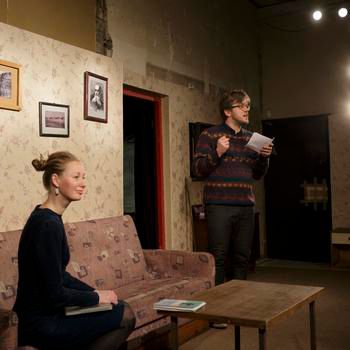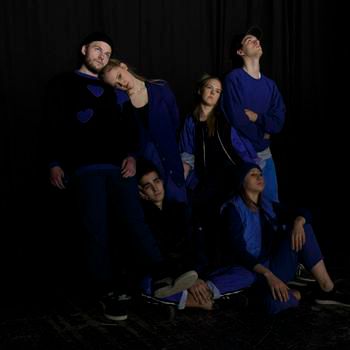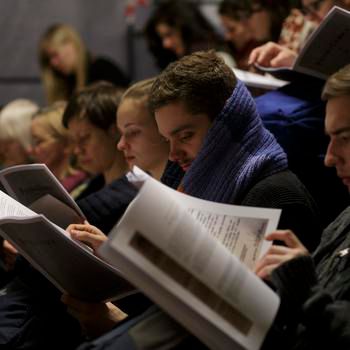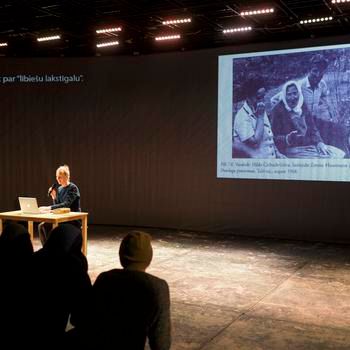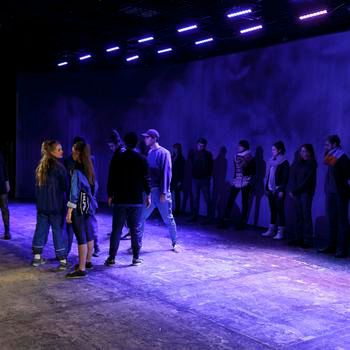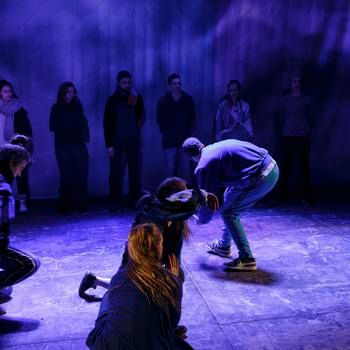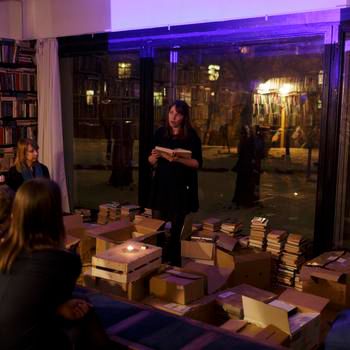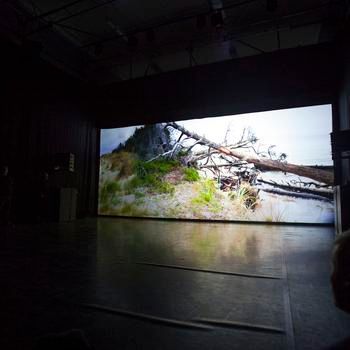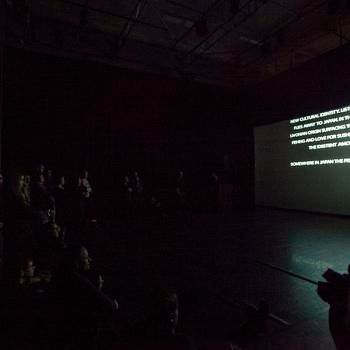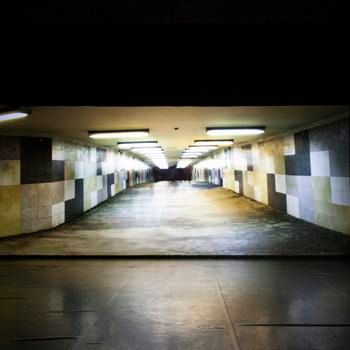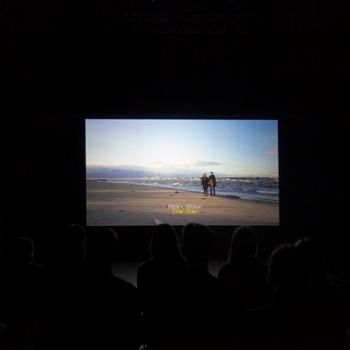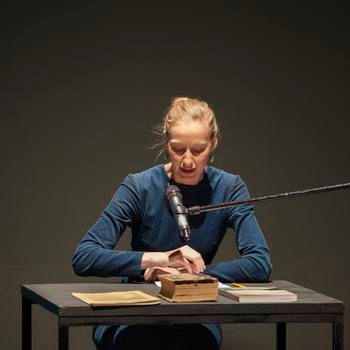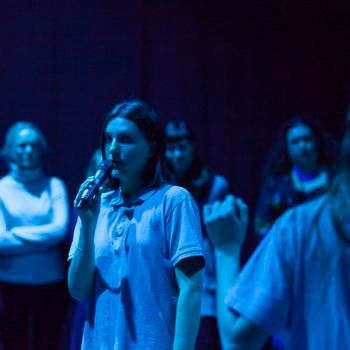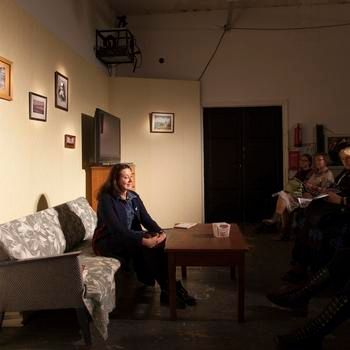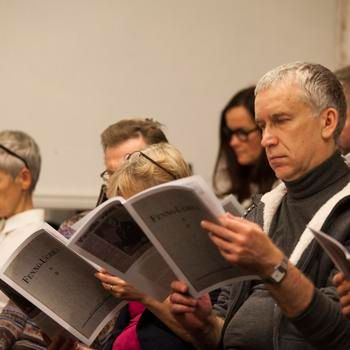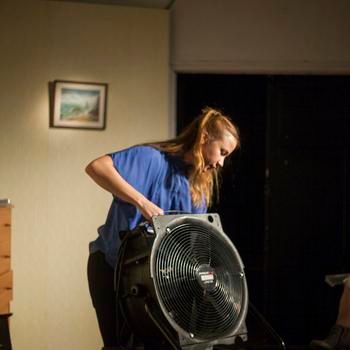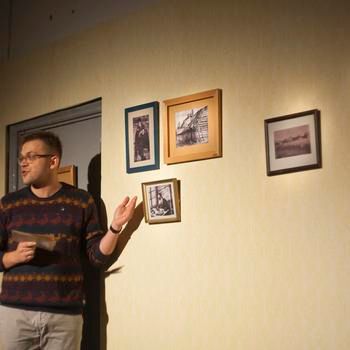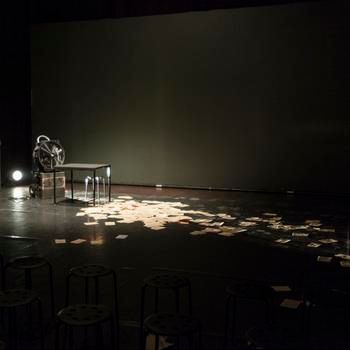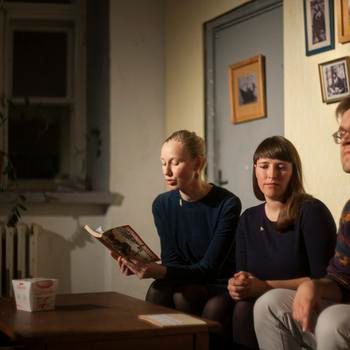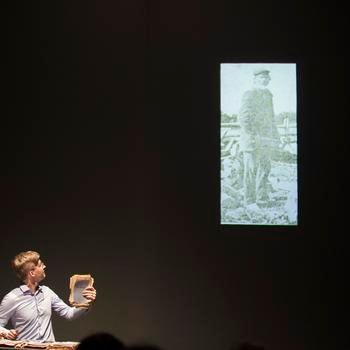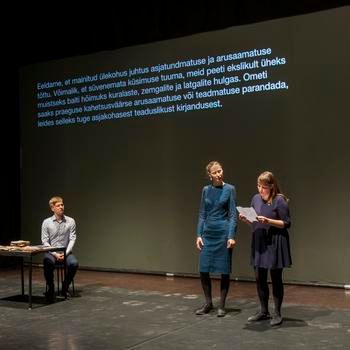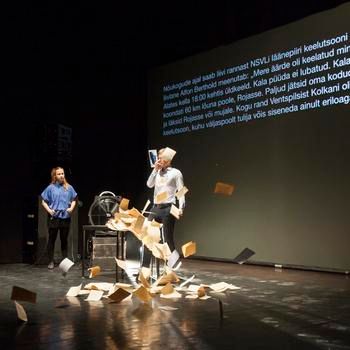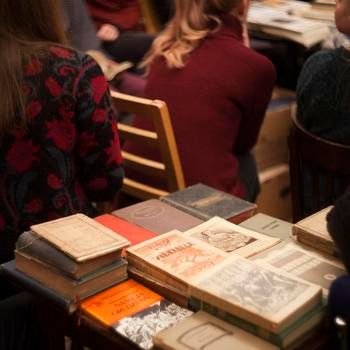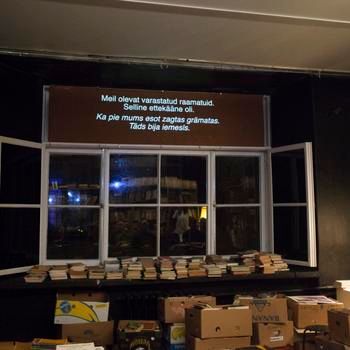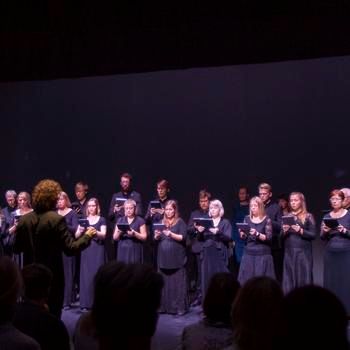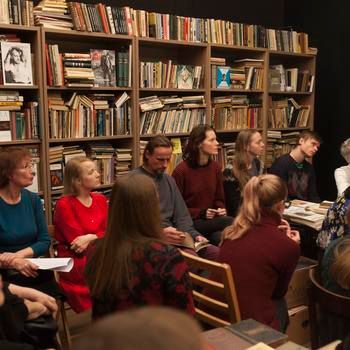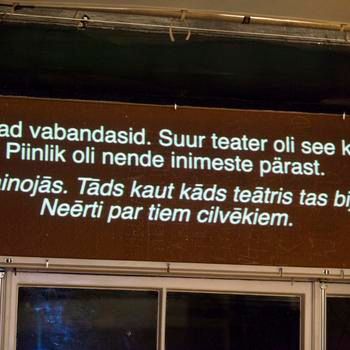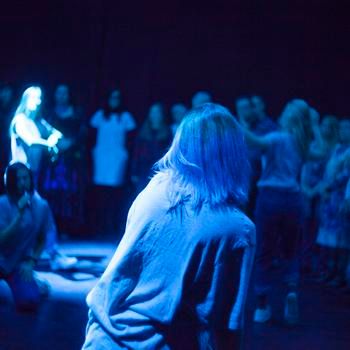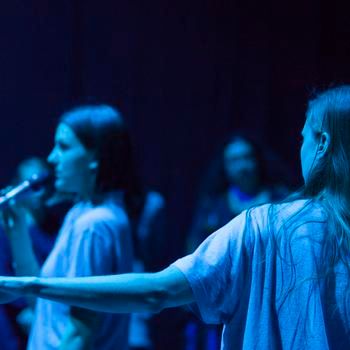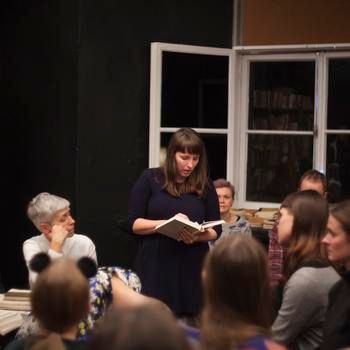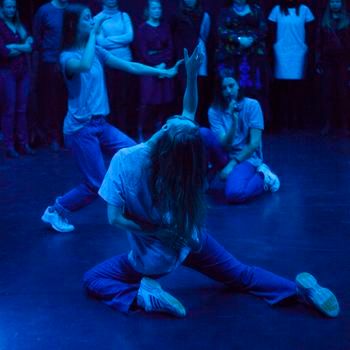“Livonian heritage” is both a title of Veljo Tormis' cycle of choir pieces, but as well an existential theme. To get a sense of it, a Latvian-Estonian artists' collective invites the audience to join them on a journey through sublimely beautiful places of nature, breath-taking soundscapes, prosaic sceneries of hamlets and cities, and through the life-stories that are dag out from beneath the layers of archive dust to be read in the warmth of lamplight. These stories invite you to think what does “Livonian heritage” actually mean, who bequeathed it and who appropriated it.
Under the flag of cultural security, a part of the Latvian and the Estonian society today is drifting in the direction of radical conservatism. But the fear of extinction is not new among the small nations at the Baltic coast. In the first period of national independence, the Latvian state was busy unifying the three main Latvian tribes and inventing a single Latvian language and culture. Livonians who were very few were supposed to melt in. The young Estonian nation was searching for a foothold for their identity in belonging to the large family of Finno-Ugric people. It was assumed in Estonia that smaller Finno-Ugric tribes would take on the mission to stay close-to-nature and remain authentic in their ways of life and thus preserve the Finno-Ugric cultural roots of Estonians who were now a modernized nation. What did Livonian people want? Today it's only the archives that can help us guess what the answer could be. In this part of the Baltic coast, Livonians were the first small ethnicity to leave.
At the core of the LAT.EST festivals in Riga and in Tallinn is the distinctive piece about Livonians called “The First to Leave“. Even though the attitude towards Livonians is different in each country, this nation has played an important role in the context of statehood and different ideologies governing Latvia and Estonia. The fate of Livonians stands as a reminder about the impermanent nature of all things in the world and a warning that disappearance of a small nation can be quick and imminent. The performance takes a closer look at the role of each country’s politics in the life of Livonians and what does it mean to be a Livonian today. Eventually, it asks a question: Is the disappearance really a tragedy? The authors of “The First to Leave” are composer Toms Auniņš, set designers Austra Hauks and Epp Kubu, choreographers Joanna Kalm and Karolin Poska, visual and video artist Kristina Norman, dramaturg, director, and performer Kārlis Krūmiņš, and director Valters Sīlis. Chamber choir Collegium Musicale and Estonian dancers will be part of the performances held in Tallinn.
“I think this piece will not be so much about Livonians as about the different perspectives on the Livonian topic. When Latvia and Estonia were newly established states, they had different ideological grounds. For Latvia it was important to find a way to unify the nation because of the different languages spoken on the Latvian territory and Livonians were regarded as a marginal group in this process. While for the Estonian state it was important to search for roots in the larger Finno-Ugric culture where Livonians also belonged. Their dissolving into Latvian culture was perceived by Estonians as a tragedy. Many culture activists and folklorists, and also politicians raised the agenda to save the Livonians from disappearing. This did not go well with the Latvian grand narrative. There was a conflict around Oskar Loorits, the most outstanding Estonian folklorist and researcher of the Livonian culture. He collected and compiled the “Bible” of the Livonian folk songs „Volkslieder der Liven”. Allegedly, this collection contained all songs known to Livonians. One of these songs, and this is the most ancient Livonian song, “Tšītšōrlinkizt”, will re-occur during the piece.” Kristina Norman
“One of the issues in this piece is about the way in which a majority exercises power over minority and tries to make it non-existing. A problem that concerns a small number of people can be ignored because it concerns only 0.5% of the population… Latvian writer Aleksandrs Grīns wrote about how unprofitable the Livonians were and how their existence did not pay off. But in a global context the Latvians don’t pay off either! Just try to compare the profit a book written in Russian would make over one written in Latvian. The argument about profitability that could be used by a giant nation, was used by Latvians against Livonians!” Valters Sīlis
“It is fascinating how people fight for their right to exist, how it is cut off in different ways and what eventually remains. It’s not like everything disappears. There is no absolute end. Rather it takes a different shape. Nobody personally loses the culture. You might feel very lonely with your culture, but that is something different.” Kārlis Krūmiņš
"Ten years ago when I lived in Riga I happened to join the liv language course. While learning the language I became more interested also about their culture. By chance I happened to visit Tõnu Karma who lived in Ageskalns area in Riga and is a liv language teacher. This encounter was very particular and i would be happy to share this experience. Why did I start studing liv language above all? No clue. Maybe it was an unconscious way to address my roots? Maybe we all have our hidden liv?” Epp Kubu
Thanks to Valts Ernštreits, Ēriks Kāpbergs, Zoja Sīle, Helmī Stalte, Julgī Stalte, Dāvis Stalts, Ulla Fraser, Baiba Šuvcāne, Rita Treija, Ieva and Kārlis Zemīši from Oleru muiža, Sirje and Sepideh Ardalani from Massia, Olita Kalna, Meelis Muhu, Maima Grīnberga, Valters Ščerbinskis, Jaak Prozes, Ineta Sipunova, Andrejs Strokins, Latvian State Historical Archives, Latvian Academy of Culture National Film school, Jānis Liniņš, Kārlis Lapiņš, Katrīna Dūka, Jānis Laucenieks, Aleksis Aleksis, Mārtiņš Jēkabsons, Kristīne Ķikute-Krievkalna, Marta Lortkipanidze and to everyone who donated books.
LAT.EST festival will take place at Kanuti Gildi SAAL right after the centennial of Latvia and will introduce the thoughts and deeds of the contemporary Latvian (performing) artists. It is also dedicated to the collaboration and to all that brings us together.
LAT.EST is organized by Kanuti Gildi SAAL in collaboration with New Theatre Institute of Latvia and is part of the culture programmes EV100 and LV100.
